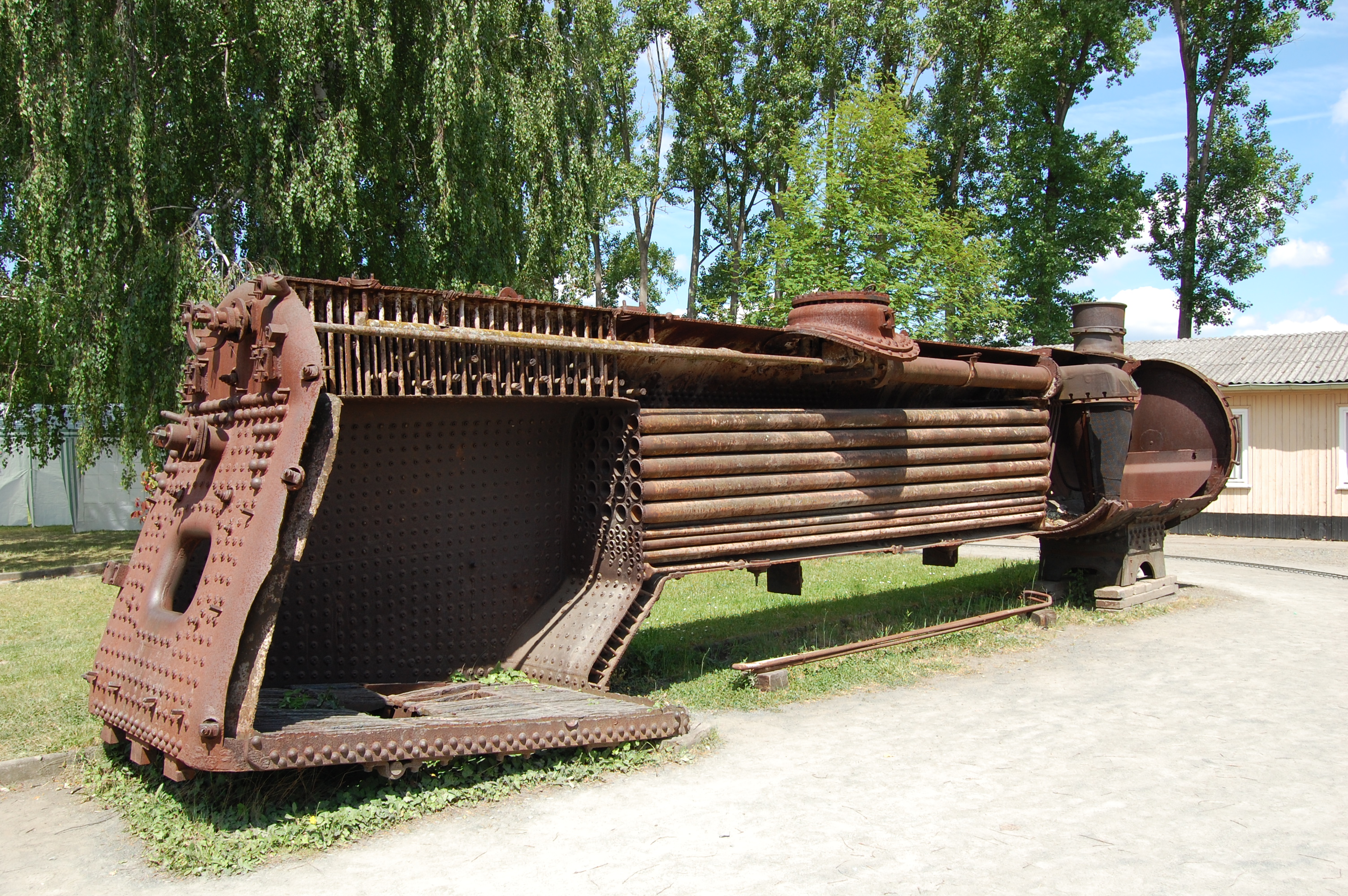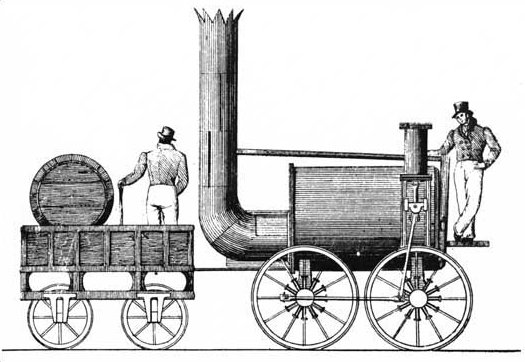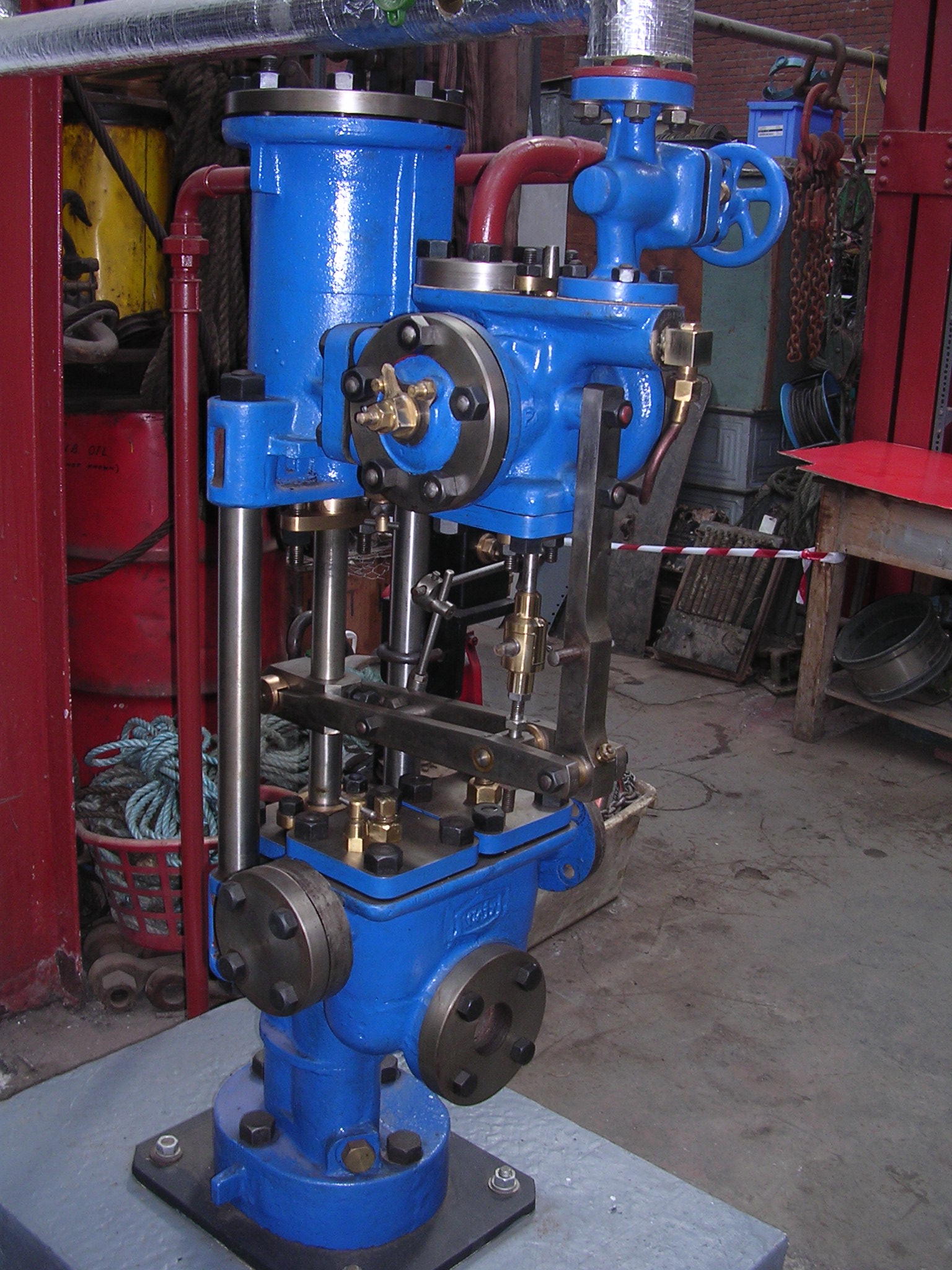|
Novelty (locomotive)
''Novelty'' was an early steam locomotive built by John Ericsson and John Braithwaite to take part in the Rainhill Trials in 1829. It was an 0-2-2WT locomotive and is now regarded as the first tank engine. It had a unique design of boiler and a number of other novel design features (perhaps explaining the choice of name). Unfortunately, several of the major components had significant design weaknesses which ultimately resulted in its failure at the Trials. ''Novelty'' in the Rainhill Trials Ericsson and Braithwaite Partnership During the late 1820s Ericsson and Braithwaite were working together building horse drawn fire engines with steam pumps. These used a boiler designed by Ericsson and were built in the London works of John Braithwaite. These fire engines were known for their ability to raise steam quickly and looked very similar to ''Novelty''. Charles Vignoles has also been associated with ''Novelty'', but his practical involvement is not known. He may have ... [...More Info...] [...Related Items...] OR: [Wikipedia] [Google] [Baidu] |
John Ericsson
John Ericsson (born Johan Ericsson; July 31, 1803 – March 8, 1889) was a Swedish-American inventor. He was active in England and the United States. Ericsson collaborated on the design of the railroad steam locomotive ''Novelty'', which competed in the Rainhill Trials on the Liverpool and Manchester Railway, which were won by inventor George Stephenson's (1781-1848), ''Rocket''. In North America, he designed the United States Navy's first screw-propelled steam-frigate , in partnership with Captain (later Commodore) Robert F. Stockton (1795-1866), who unjustly blamed him for a fatal accident. A new partnership with Cornelius H. DeLamater (1821-1889), of the DeLamater Iron Works in New York City resulted in the first armoured ironclad warship equipped with a rotating gun turret, , which dramatically saved the U.S. (Union Navy) naval blockading squadron from destruction by an ironclad Confederate States naval vessel, , at the famous Battle of Hampton Roads at the southern ... [...More Info...] [...Related Items...] OR: [Wikipedia] [Google] [Baidu] |
Locomotive Boiler
A fire-tube boiler is a type of boiler in which hot gases pass from a fire through one or more tubes running through a sealed container of water. The heat of the gases is transferred through the walls of the tubes by thermal conduction, heating the water and ultimately creating steam. The fire-tube boiler developed as the third of the four major historical types of boilers: low-pressure tank or " haystack" boilers, flued boilers with one or two large flues, fire-tube boilers with many small tubes, and high-pressure water-tube boilers. Their advantage over flued boilers with a single large flue is that the many small tubes offer far greater heating surface area for the same overall boiler volume. The general construction is as a tank of water penetrated by tubes that carry the hot flue gases from the fire. The tank is usually cylindrical for the most part—being the strongest practical shape for a pressurized container—and this cylindrical tank may be either horizontal or ve ... [...More Info...] [...Related Items...] OR: [Wikipedia] [Google] [Baidu] |
Crank (mechanism)
A crank is an arm attached at a right angle to a rotating shaft by which circular motion is imparted to or received from the shaft. When combined with a connecting rod, it can be used to convert circular motion into reciprocating motion, or vice versa. The arm may be a bent portion of the shaft, or a separate arm or disk attached to it. Attached to the end of the crank by a pivot is a rod, usually called a connecting rod (conrod). The term often refers to a human-powered crank which is used to manually turn an axle, as in a bicycle crankset or a brace and bit drill. In this case a person's arm or leg serves as the connecting rod, applying reciprocating force to the crank. There is usually a bar perpendicular to the other end of the arm, often with a freely rotatable handle or pedal attached. Examples Familiar examples include: Hand-powered cranks * Spinning Wheel * Mechanical pencil sharpener * Fishing reel and other reels for cables, wires, ropes, etc. *St ... [...More Info...] [...Related Items...] OR: [Wikipedia] [Google] [Baidu] |
Bell Crank
A bellcrank is a type of crank that changes motion through an angle. The angle can be any angle from 0 to 360 degrees, but 90 degrees and 180 degrees are most common. The name comes from its first use, changing the vertical pull on a rope to a horizontal pull on the striker of a bell, used for calling staff in large houses or commercial establishments. Angles A typical 90 degree bellcrank consists of an "L" shaped crank pivoted where the two arms of the L meet. Moving rods (or cables or ropes) are attached to the ends of the L arms. When one is pulled, the L rotates around the pivot point, pulling on the other arm. A typical 180 degree bellcrank consists of a straight bar pivoted in the center. When one arm is pulled or pushed, the bar rotates around the pivot point, pulling or pushing on the other arm. Mechanical advantage Changing the length of the arms changes the mechanical advantage of the system. Many applications do not change the direction of motion but instead amplify a ... [...More Info...] [...Related Items...] OR: [Wikipedia] [Google] [Baidu] |
Novelty Replica Cylinder 05-09-17 80
Novelty (derived from Latin word ''novus'' for "new") is the quality of being new, or following from that, of being striking, original or unusual. Novelty may be the shared experience of a new cultural phenomenon or the subjective perception of an individual. From the meaning of being unusual usage is derived the concept of the novelty dance (a type of dance that is popular for being unusual or humorous); the novelty song (a musical item that capitalizes on something new, unusual, or a current fad); the novelty show (a competition or display in which exhibits or specimens are in way some novel); and novelty architecture (a building or other structure that is interesting because it has an amusing design). It is also this sense that applies to a novelty item, a small manufactured adornment, toy or collectible. These, in turn are often used as promotional merchandise in marketing. The chess term, novelty, is used for a move in chess which has never been played before in a recorded g ... [...More Info...] [...Related Items...] OR: [Wikipedia] [Google] [Baidu] |
Sans Pareil
''Sans Pareil'' is a steam locomotive built by Timothy Hackworth which took part in the 1829 Rainhill Trials on the Liverpool and Manchester Railway, held to select a builder of locomotives. The name is French and means 'peerless' or 'without equal'. While a capable locomotive for the day, its technology was somewhat antiquated compared to George and Robert Stephenson's ''Rocket'', the winner of the Rainhill Trials and the £500 prize money. Instead of the fire tube boiler of ''Rocket'', ''Sans Pareil'' had a double return flue. To increase the heating surface area, the two flues were joined by a U shaped tube at the forward end of the boiler; the firebox and chimney were both positioned at the rear same end, one on either side. ''Sans Pareil'' had two cylinders, mounted vertically at the opposite end to the chimney, and driving one pair of driving wheels directly - the other pair were driven via connecting rods, in the typical steam locomotive fashion. At the Rai ... [...More Info...] [...Related Items...] OR: [Wikipedia] [Google] [Baidu] |
Boiler Feedwater Pump
A boiler feedwater pump is a specific type of pump used to pump feedwater into a steam boiler. The water may be freshly supplied or returning condensate produced as a result of the condensation of the steam produced by the boiler. These pumps are normally high pressure units that take suction from a condensate return system and can be of the centrifugal pump type or positive displacement type. Construction and operation Feedwater pumps range in size up to many kilowatts and the electric motor is usually separated from the pump body by some form of mechanical coupling. Large industrial condensate pumps may also serve as the feedwater pump. In either case, to force the water into the boiler, the pump must generate sufficient pressure to overcome the steam pressure developed by the boiler. This is usually accomplished through the use of a centrifugal pump. Another common form of feedwater pump runs constantly and is provided with a minimum flow device to stop overpressuring th ... [...More Info...] [...Related Items...] OR: [Wikipedia] [Google] [Baidu] |
Blastpipe
The blastpipe is part of the exhaust system of a steam locomotive that discharges exhaust steam from the cylinders into the smokebox beneath the chimney in order to increase the draught through the fire. History The primacy of discovery of the effect of directing the exhaust steam up the chimney as a means of providing draft through the fire is the matter of some controversy, Ahrons (1927) devoting significant attention to this matter. The exhaust from the cylinders on the first steam locomotive – built by Richard Trevithick – was directed up the chimney, and he noted its effect on increasing the draft through the fire at the time. At Wylam, Timothy Hackworth also employed a blastpipe on his earliest locomotives, but it is not clear whether this was an independent discovery or a copy of Trevithick's design. Shortly after Hackworth, George Stephenson also employed the same method, and again it is not clear whether that was an independent discovery or a copy of one of the other ... [...More Info...] [...Related Items...] OR: [Wikipedia] [Google] [Baidu] |
Airlock
An airlock, air-lock or air lock, often abbreviated to just lock, is a compartment with doors which can be sealed against pressure which permits the passage of people and objects between environments of differing pressure or atmospheric composition while minimizing the change of pressure in the adjoining spaces and mixing of environments. The lock consists of a relatively small chamber with two airtight doors in series which do not open simultaneously. An airlock may be used for passage between environments of different gases or different pressures, or both, to minimize pressure loss or prevent the gases from mixing. An airlock may also be used underwater to allow passage between an air environment in a pressure vessel and the water environment outside, in which case the airlock can contain air or water. This is called a floodable airlock or an underwater airlock, and is used to prevent water from entering a submersible vessel or an underwater habitat. Air-locks are used i ... [...More Info...] [...Related Items...] OR: [Wikipedia] [Google] [Baidu] |
Footplate
A footplate provides the structure on which a locomotive driver and fireman stand in the cab to operate a British or continental European steam locomotive. It comprises a large metal plate that rests on top of the locomotive frame, usually it is covered with wooden floorboards. It takes up the full width of the locomotive cab, and in depth it extends from the front of the cab to the coal bunker on the tender. The cab and other superstructure elements are in turn mounted on it. On some locomotives, the footplate is extended beyond the front of the cab to form a walkway around the boiler – usually referred to as the "running board" or "foot board" – to facilitate inspection and maintenance. In Britain, the word remains in use as a synonym for the cab or working in the cab, even in the context of diesel and electric locomotives, as in the expression of working ''on the footplate''. The term can also be applied to the external step along the side of a classical tram. Nation ... [...More Info...] [...Related Items...] OR: [Wikipedia] [Google] [Baidu] |
Locomotive Frame
A locomotive frame is the structure that forms the backbone of the railway locomotive, giving it strength and supporting the superstructure elements such as a cab, boiler or bodywork. The vast majority of locomotives have had a frame structure of some kind. The frame may in turn be supported by axles directly attached to it, or it may be mounted on bogies ( UK) / trucks ( US), or a combination of the two. The bogies in turn will have frames of their own. Types of frame 250px, Preserved GWR 9017 showing outside frames Three main types of frame on steam locomotives may be distinguished:, p 255. Plate frames These used steel plates about thick. They were mainly used in Britain and continental Europe. On most locomotives, the frames would be situated within the driving wheels ("inside frames"), but some classes of an early steam locomotive and diesel shunters were constructed with "outside frames". Some early designs were double framed where the frame consisted of plates both i ... [...More Info...] [...Related Items...] OR: [Wikipedia] [Google] [Baidu] |
Ball-peen Hammer
A ball-peen or ball pein hammer, also known as a machinist's hammer, is a type of peening hammer used in metalworking. It has two heads, one flat and the other, called the peen, rounded. It is distinguished from a cross-peen hammer, diagonal-peen hammer, point-peen hammer, or chisel-peen hammer by having a hemispherical peen. Uses Besides for peening (surface hardening by impact), the ball-peen hammer is useful for many tasks, such as striking punches and chisels (usually performed with the flat face of the hammer). The peening face is useful for rounding off edges of metal pins and fasteners, such as rivets. The ball face of the hammer can also be used to make gaskets for mating surfaces. A suitable gasket material is held over the surface where a corresponding gasket is desired, and the operator will lightly tap around the edges of the mating surface to perforate the gasket material. Variants Variants include the straight-peen, diagonal-peen, and cross-peen hammer. These hamme ... [...More Info...] [...Related Items...] OR: [Wikipedia] [Google] [Baidu] |








.jpg)
.jpg)